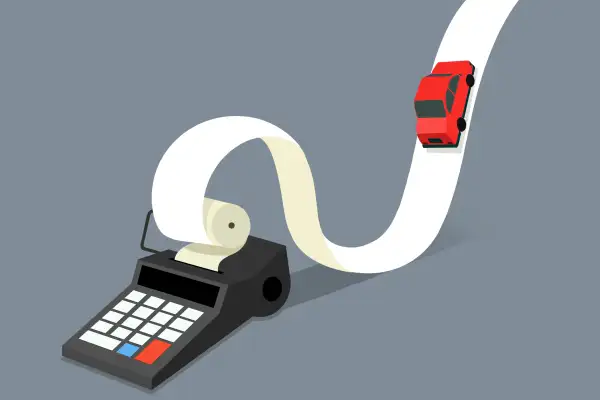Why Leasing a Car Is a Particularly Bad Move Right Now

Leasing used to be the cheapest way to get a late-model luxury car into your garage. That’s just another thing COVID-19 has changed.
Before the pandemic, leasing offered a way for buyers to keep themselves in a steady stream of new vehicles with lower monthly payments than an auto loan. Lessees would never own their vehicles, but rapid price depreciation and predictable maintenance costs would soften the blow.
Nowadays, a buyer in search of a new luxury vehicle at an affordable price is better served by a 72-month auto loan, says Tyson Jominy, vice president of data & analytics at J.D. Power.
He describes this as a “staggeringly poor time to be leasing,” and that’s not likely to change anytime soon. Here’s what’s going on.
The cost of buying vs leasing a car
The generous incentives leasing companies used to give to bring down the price of leases have been disappearing as auto inventories have dwindled.
Auto leasing companies now offer just $1,500 in financial incentives on the average auto lease, less than half of the around $4,000 they would have been likely to offer pre-pandemic, according to data from J.D. Power.
For the average auto lease, that comes out to a 2.7% discount, narrowing the gap between monthly lease payments and conventional auto loans.
Auto lease Mileage Limits Have Dropped
Buyers who lease cars nowadays are getting less for their money — literally.
Pre-pandemic, the standard car lease came with an allowance of 12,000 miles a year. That’s since dropped to 10,000 miles. “So many customers were downgrading to 10,000-mile-a-year leases that that became the de facto advertised rate,” Jominy says.
That may not sound like much of a difference, but it could cost you should you find yourself returning to the office — and a daily commute — or decide to add another road trip to your vacation calendar.
Auto leases charge for each mile driven over the annual limit. At 30 cents a mile, 2,000 extra miles would add $600 to the cost of a lease.
Rising residual values aren't being reflected in auto lease terms
Auto prices during the pandemic have defied depreciation, but lease terms aren’t reflecting it.
Thanks to a semiconductor shortage, a supply chain crunch, and the global a pandemic, the average price of a used car hit $28,205 at the end of 2021, according to Kelley Blue Book. That’s up 28% from the year before and 42% from December 2019, the month before the U.S. confirmed its first case of COVID-19.
These higher used car values should theoretically translate into cheaper monthly payments for lessees, but they haven’t become part of the equation. And with vehicles being so hard to come by, there isn’t a lot of pressure for leasing companies to change their approach.
Domestic auto inventories are their lowest lowest level in nearly 30 years, according to the U.S. Bureau of Economic Analysis.
If you are leasing a car, think about buying it
The best car deal right now may be buying out your lease when it expires.
Purchase prices are set at the beginning of a lease term, meaning the cars whose leases are coming up for expiration now are selling at pre-pandemic prices, offering the rare opportunity to profit from an auto lease.
The average price of a new car reached $47,000 in December, the highest ever according to Kelley Blue Book. That’s up nearly $10,000 since in the past two years.
“You could buy out your lease right now and flip it for a profit,” Jominy says.
Even trading in your old lease at a dealership is a better deal when you’re able to buy now at pre-pandemic pricing.
More on Car Insurance
Money’s Top Picks
Car Insurance Reviews Learn More |
